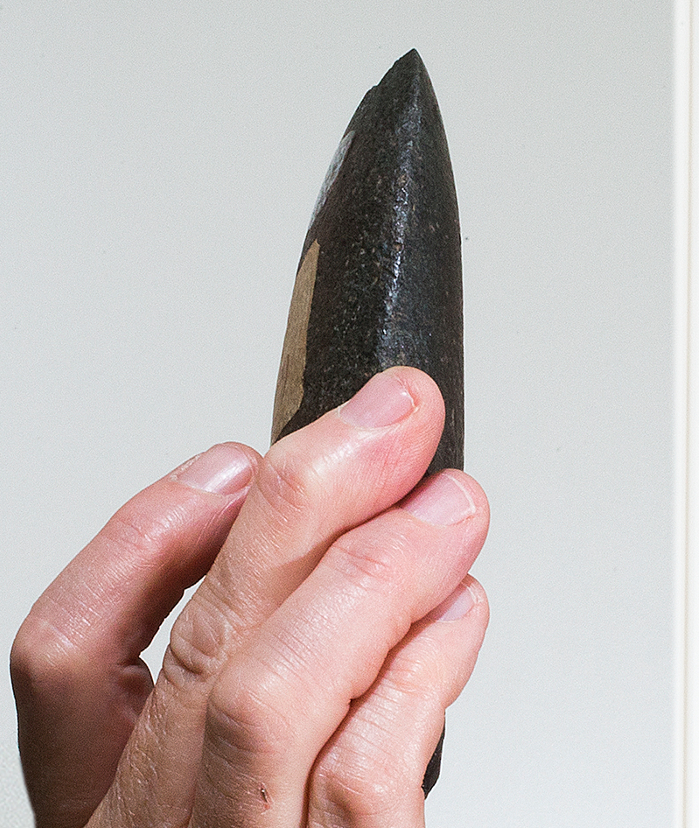Equal heft for old money
 Researchers say they may have found one of the world’s earliest forms of standardised currency.
Researchers say they may have found one of the world’s earliest forms of standardised currency.
Money is an important feature of modern human society. One key feature of money is standardisation, but this can be difficult to identify in the archaeological record since ancient people had inexact forms of measurement compared with today.
In a new study, Dutch researchers assessed possible money from the Early Bronze Age of Central Europe, comparing the objects based on their perceived – if not precise – similarity.
They studied over 5,000 bronze objects found in around 100 ancient hoards, which were predominantly in the shapes of rings, ribs, and axe blades.
They statistically compared the objects’ weights using a psychology principle known as the Weber fraction, which quantifies the concept that, if objects are similar enough in mass, a human being weighing them by hand cannot tell the difference.
They found that around 70 per cent of the bronze rings were similar enough in weight to have been indistinguishable by hand, as were subsets of the ribs and axe blades.
The authors suggest that this consistent similarity in shape and weight, along with the fact that these objects often occurred in hoards, are signs of their use as an early form of standardised currency.
Later, in the Middle Bronze Age of Europe, more precise weighing tools appear in the archaeological record along with an increase in scrap bronze, pointing to a developed system of weighing.








 Print
Print